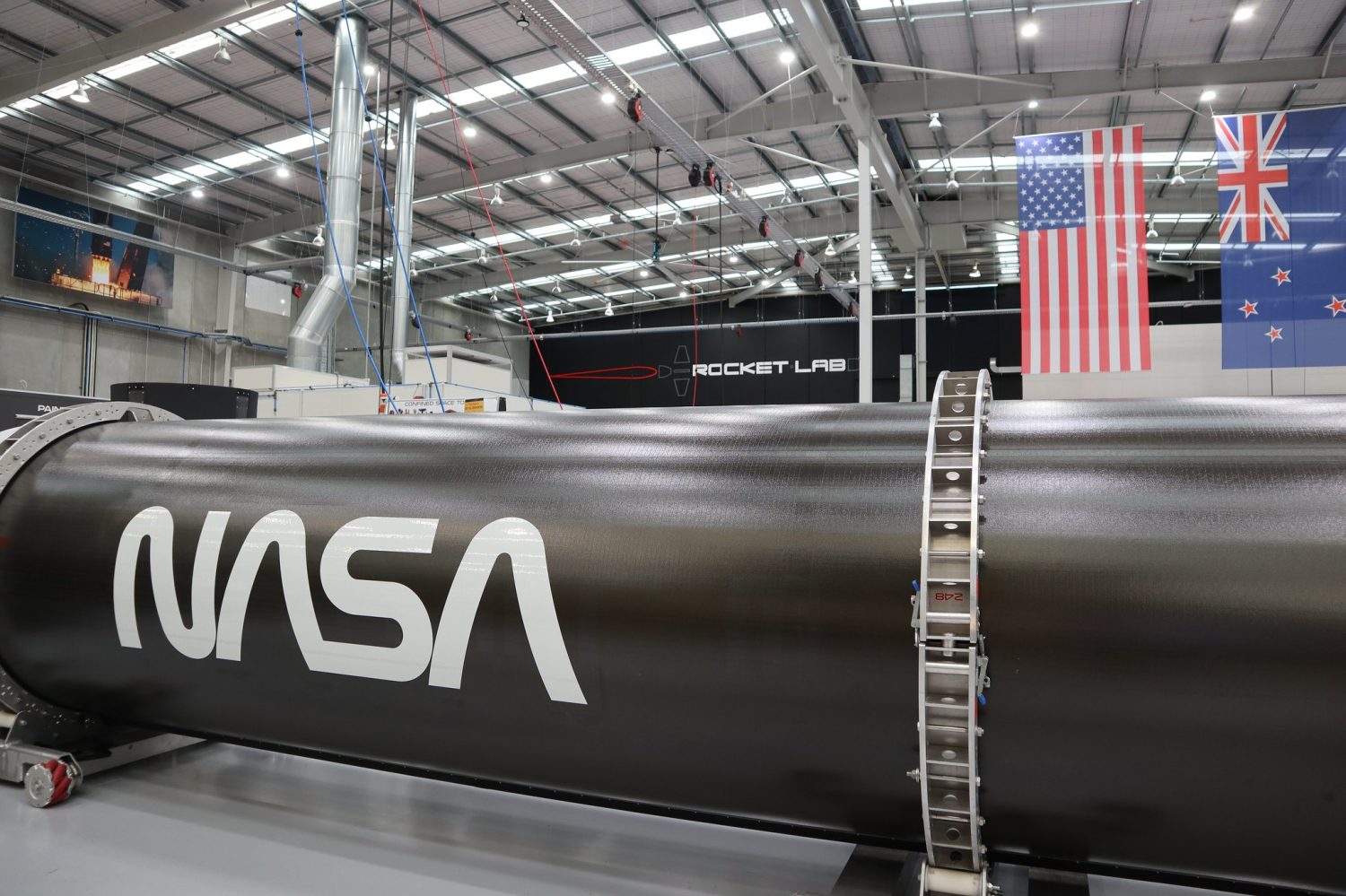
Rocket Lab launched NASA’s CAPSTONE mission to the Moon Tuesday, June 28 at 5:55 a.m. EDT. The mission was originally planned to launch from Rocket Lab’s Wallops Island but due to the pad not being ready for service the mission was moved to LC-1 at the Mahia Peninsula of New Zealand.
Launch Overview
Launch Date: May 28, 2022, 5:55 a.m. EDT
Payload: NASA CAPSTONE
Rocket: Rocket Lab Electron
Launch Pad: LC-1B, Mahia, New Zealand
Destination: Near rectilinear halo orbit, Moon
Landing Site: No recovery will be attempted
The Mission
CAPSTONE is a NASA mission to test mission objectives for the upcoming Gateway lunar space station. This is also Rocket Lab’s first interplanetary mission using an upgraded Photon kick stage to send CAPSTONE to a near rectilinear halo orbit around the Moon.
Learn more about the mission by checking out the press kit here.
What is the Electron rocket?
Electron is a small-lift, two-stage launch vehicle that delivers small satellites to Low Earth Orbit, Sun-Synchronous Orbit, and beyond. Its first stage sports nine Rutherford engines, each with 24kN of thrust, and its second stage a single Rutherford vacuum engine with 25.8kn of thrust. The vehicle’s structure is made up of carbon composite material, ensuring a lightweight vehicle, resulting in increased performance. The Electron has flown 25 times so far with a 92% success rate.
Rocket Lab has been working towards recovering the first stage of the vehicle to ultimately be reused. This will make Electron the first reusable small satellite launch vehicle.
Where to watch?
Rocket Lab and NASA will stream the coverage on each of their YouTube channel. The coverage of the special launch will begin much earlier than normal, about 1-hour before launch.
FTC: We use income earning auto affiliate links. More.


Comments